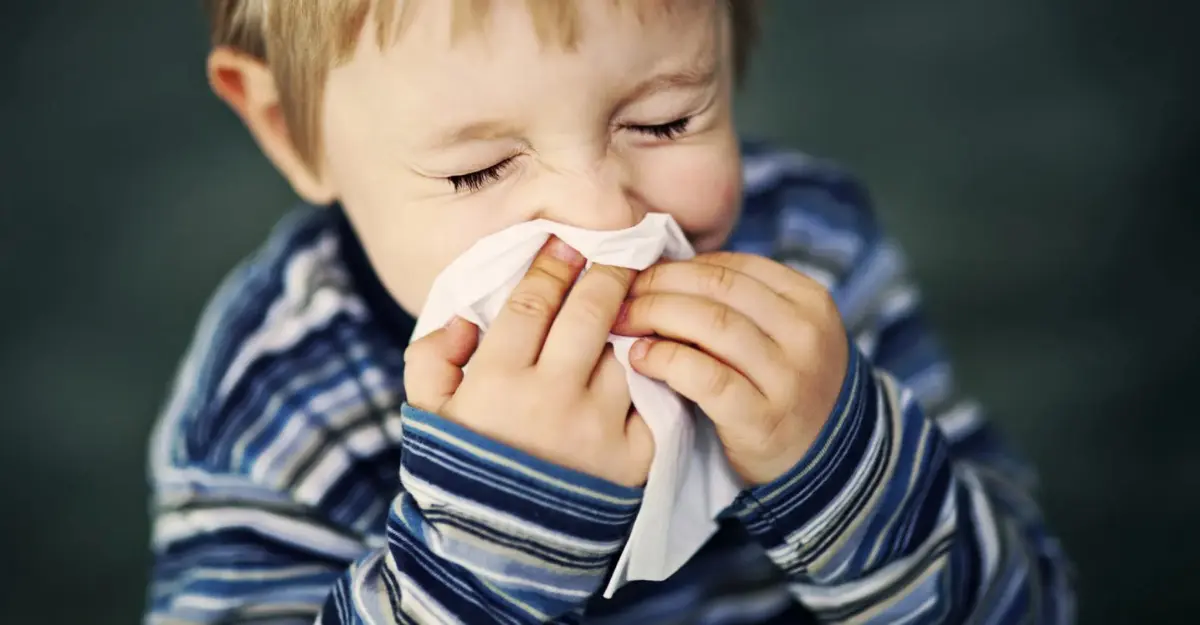When the Sniffles Strike: Understanding the Flu Season in Children
The first chill of winter doesn’t just bring out sweaters and hot cocoa—it often brings with it the dreaded flu season. One moment a child is laughing at play, and the next, they’re curled up on the couch with a flushed face, watery eyes, and a hacking cough. For many parents, this familiar pattern sparks concern. Could it be the flu? And how serious can it get?Let’s unpack what every parent should know about seasonal influenza in children—and how to be better prepared when the sniffles strike.
The Not-So-Harmless “Flu”
Influenza, or the flu as it’s commonly known, is more than a bad cold. It hits suddenly and hard, targeting the respiratory system—nose, throat, and lungs. What causes it? A group of viruses called Orthomyxoviridae, specifically types A and B, which are responsible for the annual outbreaks that send schools and hospitals into high alert.
Children are especially vulnerable because their immune systems are still maturing. Once the flu finds a way in, it spreads quickly, especially in crowded settings like schools and playgrounds.
How Does It Travel So Fast?
The flu virus is a master of disguise. It floats invisibly through the air in tiny droplets when someone coughs, sneezes, or even speaks. These droplets settle on toys, doorknobs, and little hands—waiting for the next unsuspecting child to rub their eyes or touch their nose. In no time, the virus finds its way in.
This is why handwashing, though simple, remains one of the most powerful tools against infection.
Spotting the Flu Early
The tricky part? The flu can look a lot like a cold at first—until it escalates. High fever, sore throat, stuffy nose, red eyes, and aching limbs often show up with little warning. The cough can be harsh and persistent, and children might appear unusually tired or fussy.
Some cases are mild, while others can progress into serious respiratory issues like bronchiolitis, pneumonia, or croup. That’s when parents often find themselves in emergency rooms—especially if the child has asthma or another chronic condition.
When Things Get Complicated
While most children bounce back within a few days, the flu isn’t always that kind. Those with weakened immune systems, underlying health issues, or who are very young may face complications. Ear infections, bacterial pneumonia, and even inflammation of the heart or muscles—though rare—can happen.
This is why keeping an eye out for signs of trouble is so important. If breathing becomes labored, fever spikes, or your child seems unusually lethargic, it’s time to see a doctor.
Treatment That Actually Helps
You might wonder—should antibiotics be given? What about antiviral medications?
In most cases, rest, fluids, and fever control with paracetamol or ibuprofen are all that’s needed. Antiviral drugs exist, but they must be started early and are not always readily used in pediatric care. One major rule: never give aspirin to children with flu-like symptoms, as it may trigger a dangerous condition called Reye’s syndrome.
Antibiotics are only useful when secondary infections, like pneumonia, set in. So, don’t reach for them unless your child’s doctor advises it.
The Road to Recovery
The good news? Most children recover from the flu without complications. The fever drops, energy returns, and within a week or so, they're usually back to their playful selves. The only thing that might linger is the cough—but even that fades with time.
During recovery, patience and comfort go a long way. Keep children warm, hydrated, and let them rest. There’s no rush to return to school or playtime—healing takes time.
Can the Flu Be Prevented?
It’s hard to stop a virus that travels through the air, but we can reduce its impact. Annual flu vaccines are the most effective protection, especially for children with health vulnerabilities and for healthcare workers.Although the flu vaccine changes every year to match circulating strains, it’s still one of the best tools we have to reduce the severity and spread of infection. Also, encourage regular handwashing, teach children to sneeze into their elbows, and keep them home when they’re sick.
Conclusion:
The flu may visit every year, but it doesn’t have to take over a family’s peace of mind. With awareness, timely care, and preventive steps, most children can weather the storm with ease. And when expert help is needed, families can count on the team at KKCTH for thoughtful pediatric care that puts a child’s health and comfort first—even when the flu knocks at the door.




